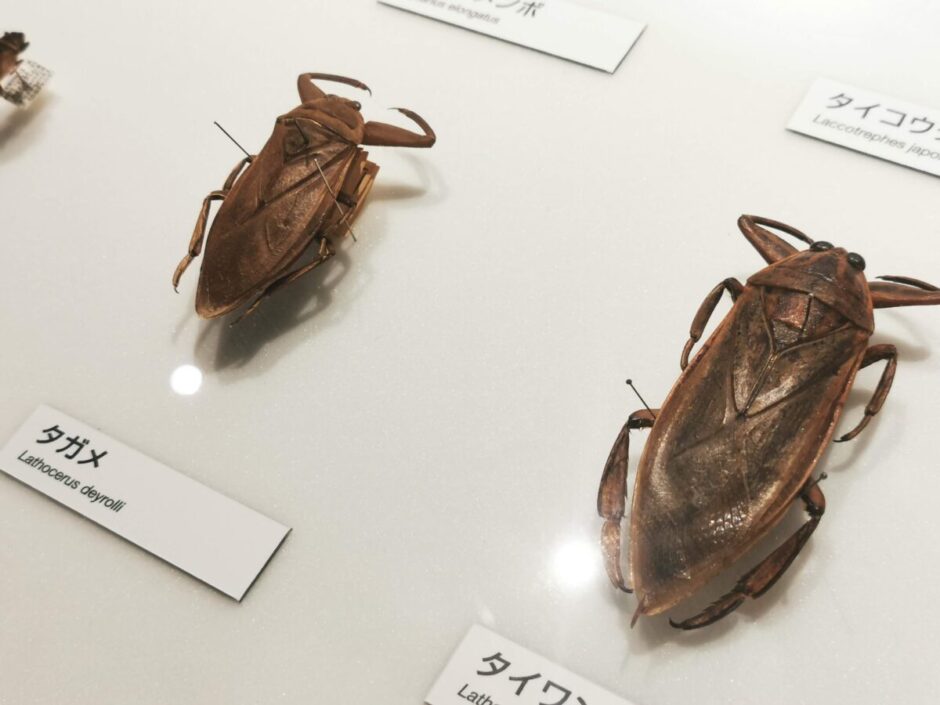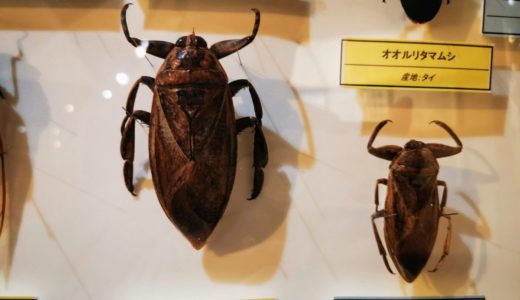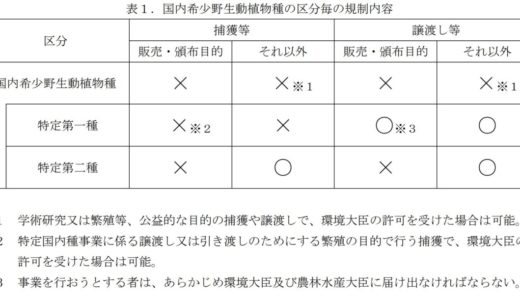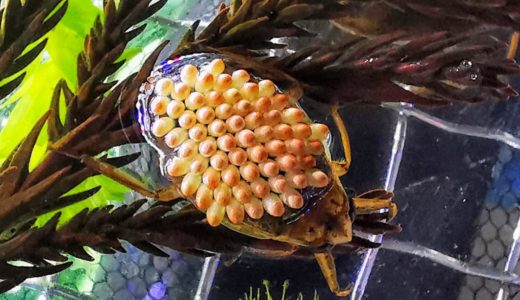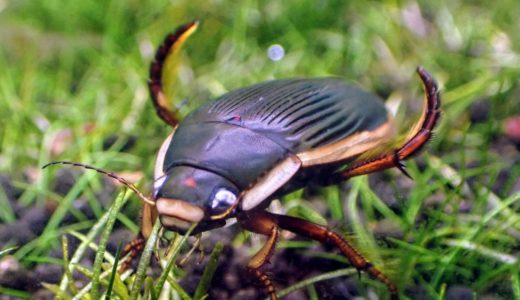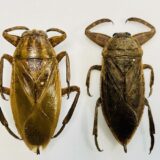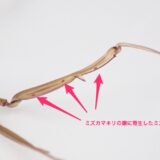If you are searching for “giant water bug type” you are probably looking for the type of giant water bug used in insect eating or the type of insect you caught. Giant water bug is largely divided into the subfamily Lethocerinae and the subfamily Belostomatinae.
There are two types of Giant Water Bug found in Japan.
There are two types of Giant Water Bug that the general public has the opportunity to see: wild Giant Water Bug or Taiwanese Giant Water Bug = Lethocerus indicus imported from Southeast Asia as insect food. In Japan, the subfamily Belostomatinae is treated independently of the Giant Water Bug.
Compared to overseas Giant Water Bug, Japanese Kirkaldyia deyrolli have a large forefoot in physique ratio, and the difference from Lethocerus indicus is clear because of its appearance features such as a triangular eyeball. The body length is about 10 mm larger for Lethocerus indicus with a maximum body length of less than 70 mm.
Japanese Kirkaldyia deyrolli are an endangered species protected by law, but Lethocerus indicus are not regulated. For the time being, the Giant Water Bug with an inverted V-shaped pattern from the head to the chest is Lethocerus indicus. If you remember this much, you’re fine.


A type of insect similar to a Giant Water Bug
IIf you are not familiar with insects or have never seen the subfamily Lethocerinae, you may mistake the subfamily Belostomatinae for the subfamily Lethocerinae. The species that fly into lights can surprise you by being in unexpected places.
The following photos are insect specimens from the National Museum of Nature and Science in Ueno, Japan: 005 is Lethocerus indicus, 006 is Appasus major, and 007 is water scorpion. It is regrettable that the major species in Japan are not lined up with each other, but it is a good reference for the body size ratio of each species.
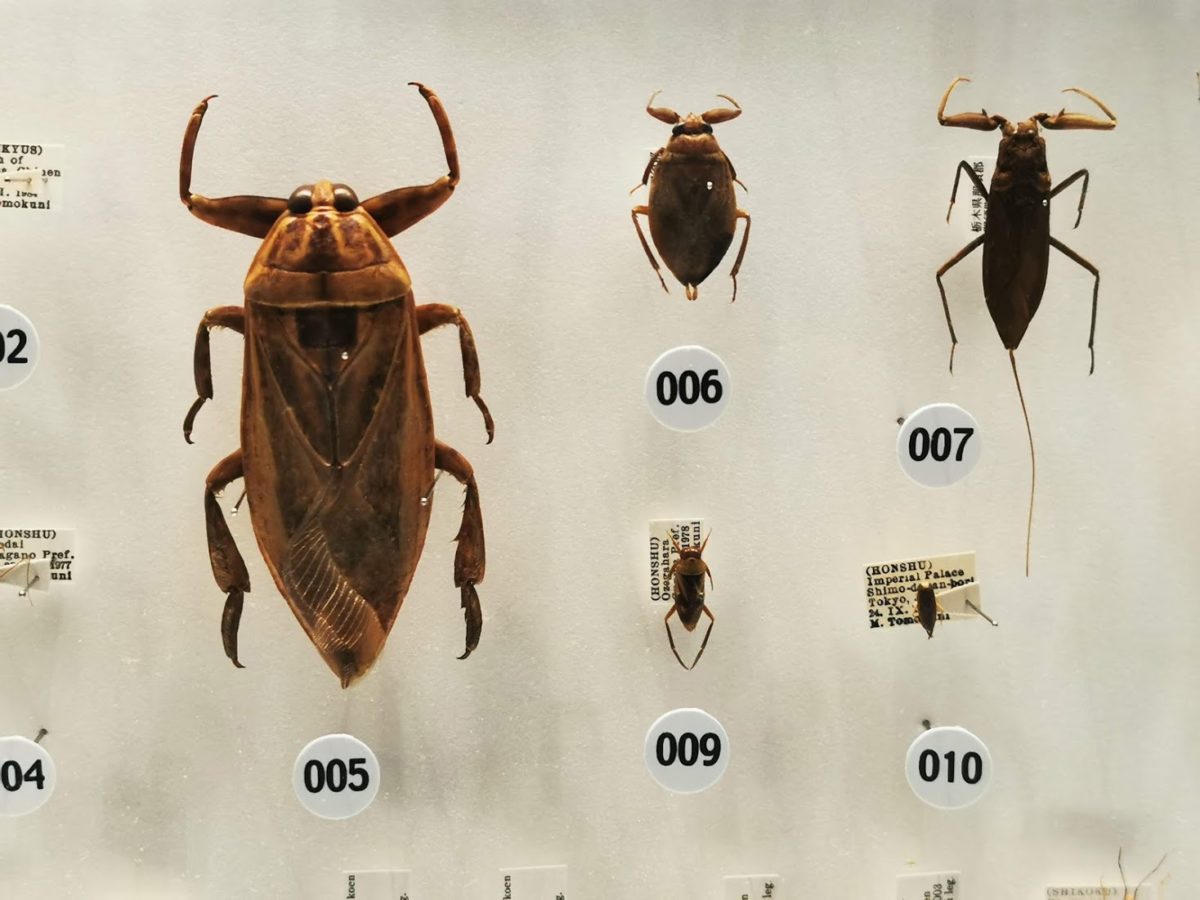

Japanese large hemipterous aquatic insects are divided into the families Belostomatidae and Nepidae. The other species are smaller and less common.
IIf you are interested, the book “Aquatic Insects of Japan,” which lists all the aquatic insect species in Japan at the present time, is useful.
Subfamily Belostomatinae carrying eggs on the back
The subfamily Belostomatinae, which is a smaller version of the subfamily Lethocerinae, is the aquatic insect that is most easily mistaken for the subfamily Lethocerinae.
The subfamily Belostomatinae is the most easily mistaken for the subfamily Lethocerinae. It is easy to identify the subfamily Belostomatinae when it is carrying eggs, the subfamily Lethocerinae when it is 5-6 cm long, and the subfamily Belostomatinae when it is around 2 cm long.


You may be think “Are they small because they are children of the subfamily Lethocerinae?”. But Appasus japonicus, which has wings and carries eggs on its back, is an adult. Then you can be distinguished from the subfamily Lethocerinae by its size.
Even among larvae, there are many points of identification, such as body pattern, body size, and the size of the forelegs relative to the body size. The following photos are both first instar larvae, but there is a body size difference as early as this.
In addition, there are many identification points such as the pattern and physique of the body and the size of the front legs of the physique ratio among the larvae. The following photo is both 1-larva, but there is a body gap as early as this.
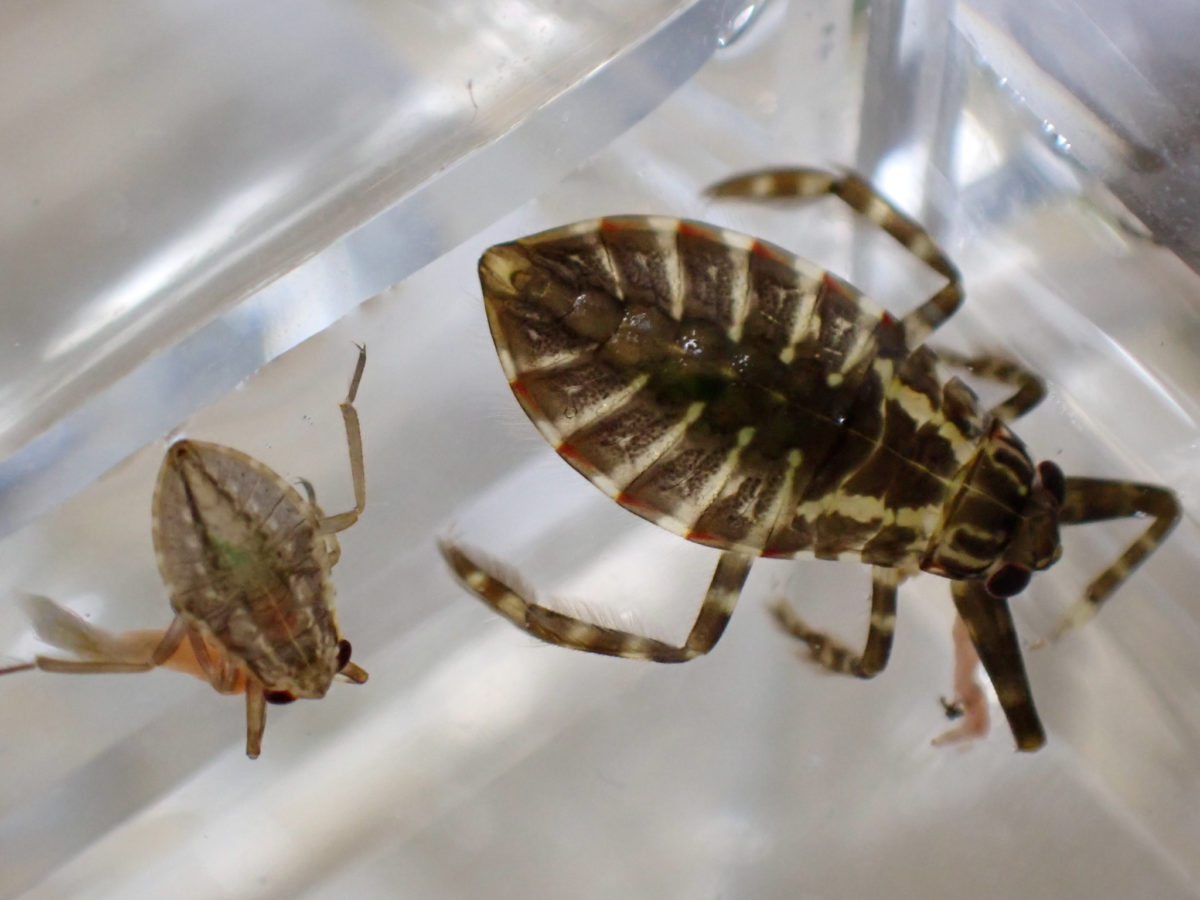

Water stick insect is long and thin like a straw.
The water stick bug is an aquatic insect belonging to the family Nepidae with a protruding sickle on its foreleg and a long breathing tube on its elongated, stick-like body.
Water stick bug is found in relatively deep water, often in flight, and can be found in school pools.
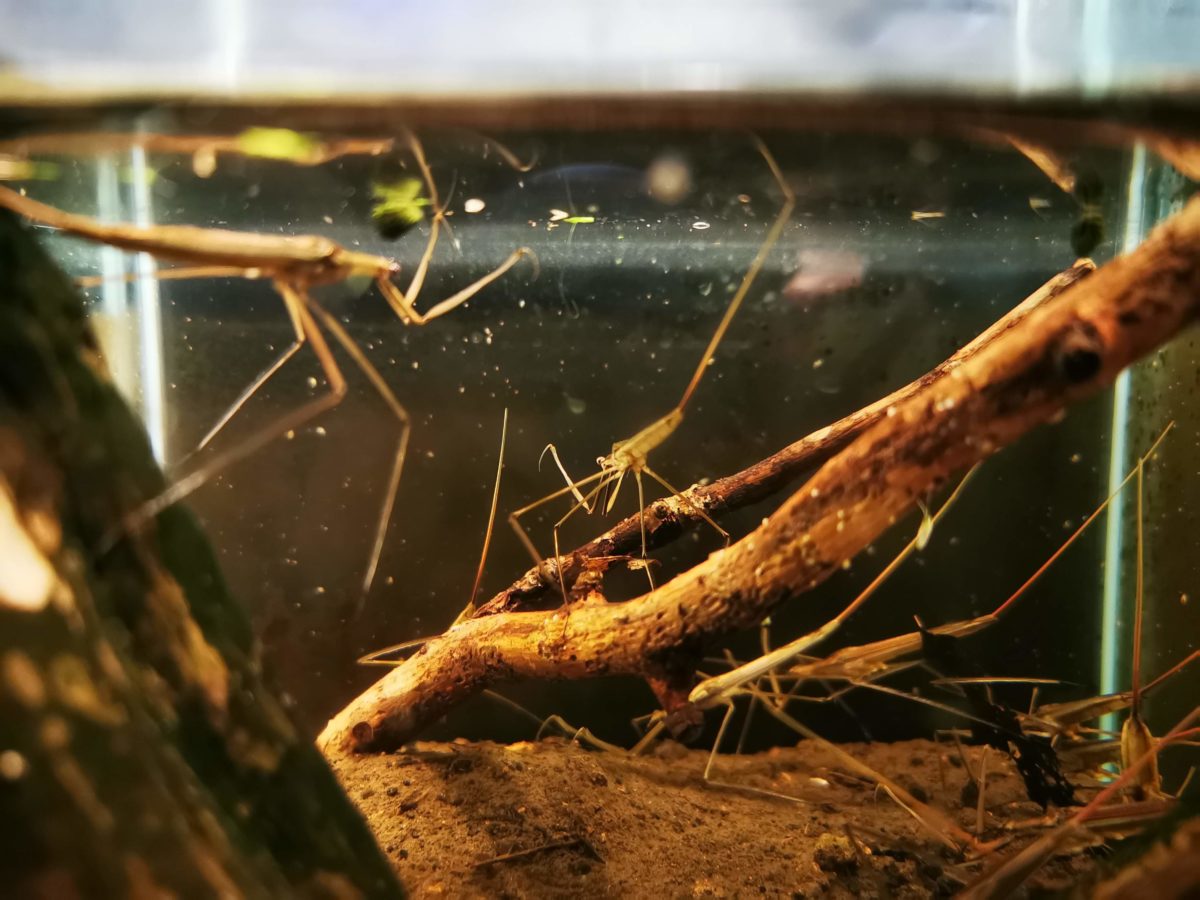



The water scorpion has a flat, plate-like body and a long breathing tube.
The water scorpion has sickles on its front legs, a flat brown body, and a long breathing tube. In Japan, there is also Nepa hoffmanni, which is terrestrial and has degenerated wings and cannot fly.
Nepa hoffmanni, which has degenerated wings and cannot fly, has a localized habitat, while the other species inhabit the southwestern islands.
Laccotrephes japonensis inhabits shallow water bodies, but its numbers are decreasing due to the conversion to dry fields.
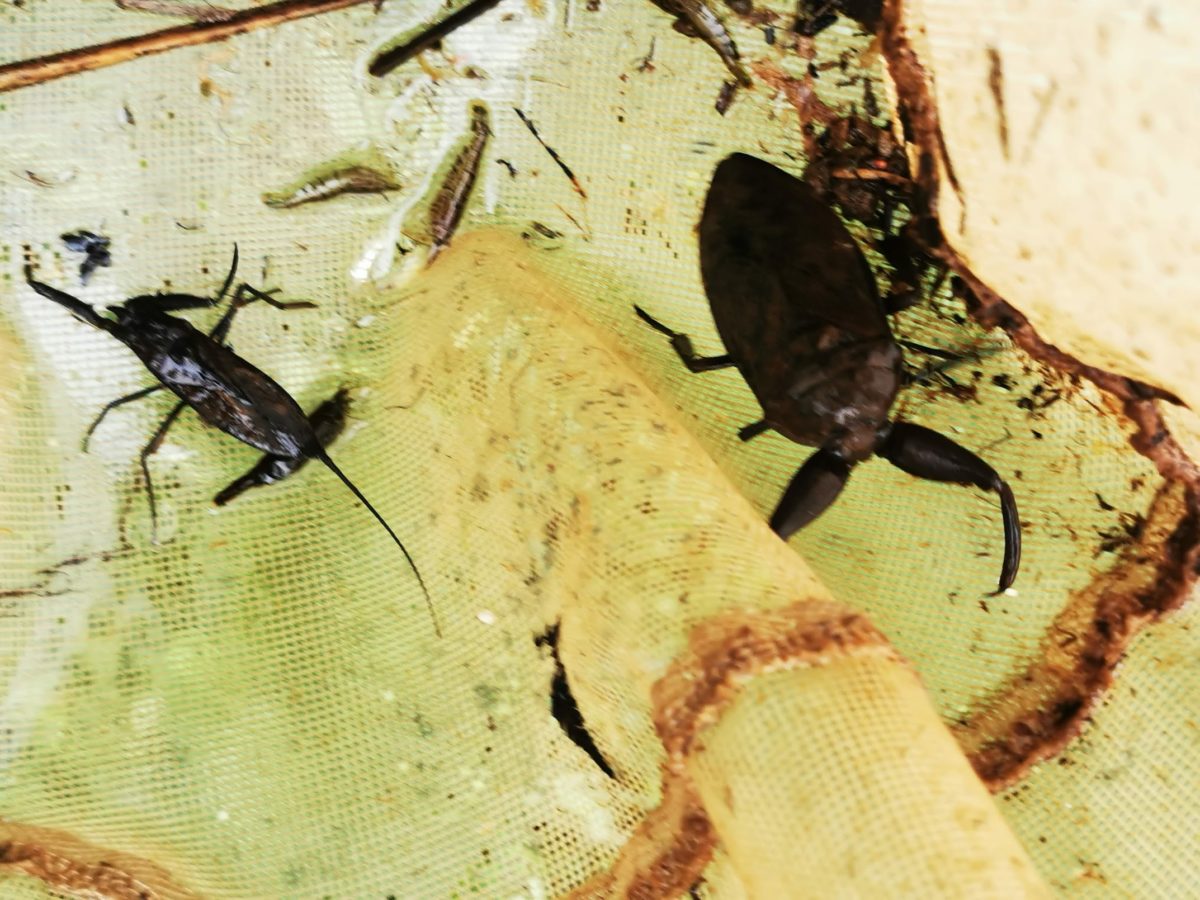

Laccotrephes japonensis is known for its ecology (pseudo-death) in which it stretches out its legs and pretends to be dead when held in the hand.
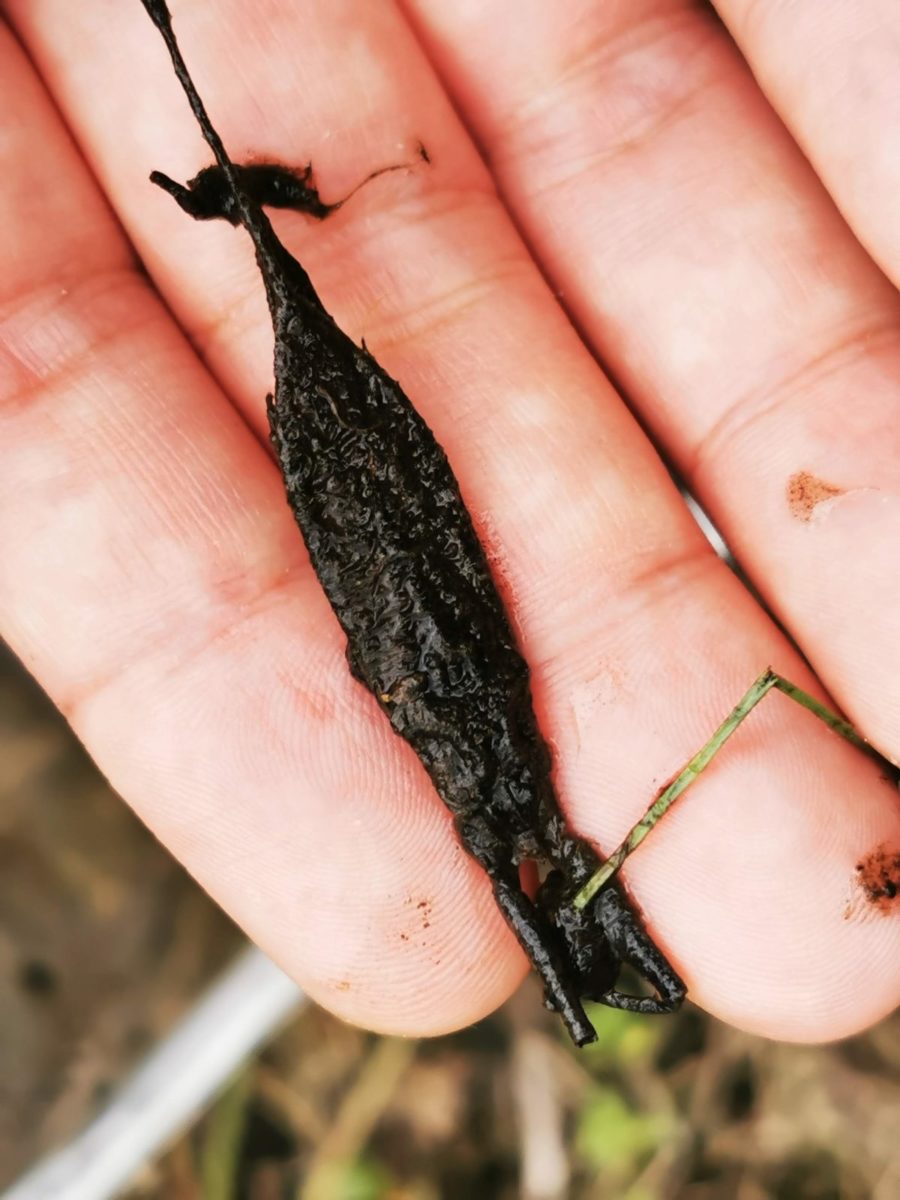

Types of Big Water Bug found in Japan
Basically, there is only one species of the subfamily Lethocerinae found in the wild in Japan. The larval stage is confusing in some places, such as the subfamily Belostomatinae, but it is easy to identify because the size is quite large.
Even if it is not Kirkaldyia deyrolli, many aquatic insects are decreasing in number, indicating that there is a rich wetland environment around it. Please take good care of it.
